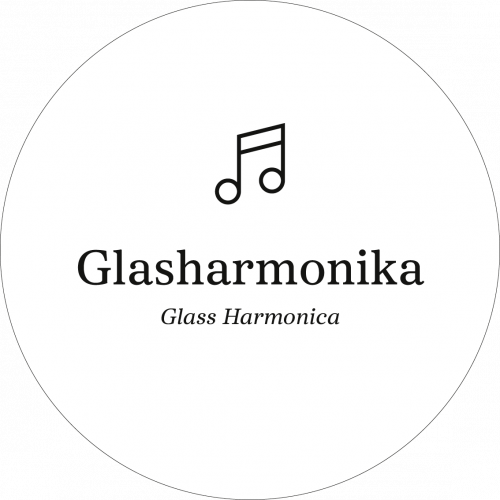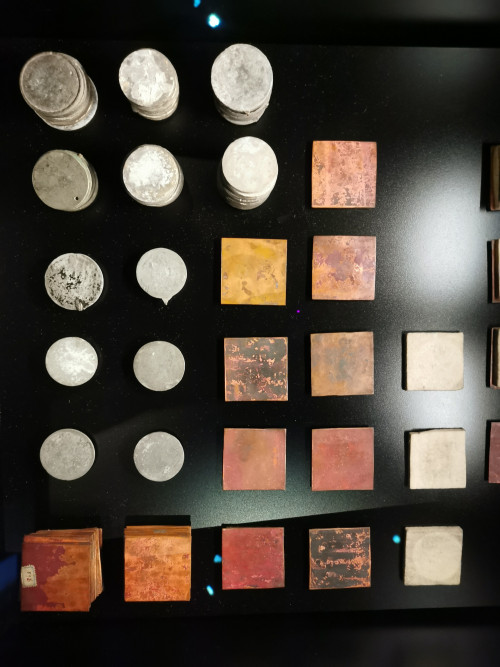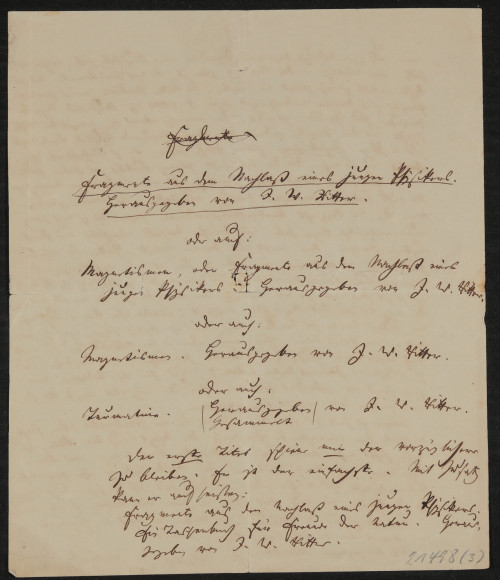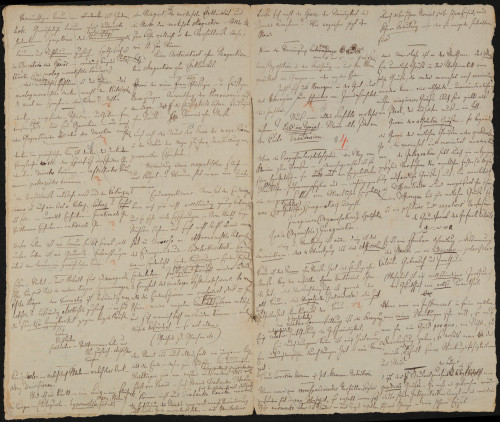The German word “Ritter” means “knight” — that is, “knight” with a “k”. Referring to the physicist Johann Wilhelm Ritter, Novalis said: “Ritter is Ritter [— in other words, Ritter is a knight —] and we are but squires.” And Goethe called him a “true heaven of knowledge on earth”. Around 1800, Johann Wilhelm Ritter amazed the public with his discoveries and theories. He was in Jena at the time, studying the relationship between chemical and electrical energy. Alessandra Volta of Italy had just developed the first electric battery, and Ritter undertook countless test series with the aim of investigating and improving it. The main display case features sheets of copper and discs made of lead, zinc, and bismuth — the basic elements of the kind of battery Ritter worked with. One outcome of his experiments was the construction of a rechargeable battery in 1803. The rechargeable batteries we use for our electrical devices today still operate on the same principle.
Ritter’s deliberations revolved primarily around the idea of nature’s fundamental polarity, which he tried to prove on as broad a basis as possible. As with electrical current, which has a positive and a negative pole, he believed that every phenomenon also had a counter-phenomenon that reversed its properties. Among his other accomplishments, this underlying figure of Romantic-natural-philosophical thought enabled Ritter to prove the existence of ultraviolet rays in 1801. Infrared light had been discovered the previous year and, in keeping with his polarity theory, he assumed that there must also be invisible rays at the other end of the colour spectrum, near blue. On the end wall of this room is an experimental series that walks you through Ritter’s discovery. To the left of that, you learn about his self-experiments, in which he examined the effect of electricity on the sensory organs, above all the eyes, ears, nose, and tongue. Here again, his aim was to prove the underlying polarity of all organic and non-organic processes, and to depict electricity as a general “life principle”.
Johann Wilhelm Ritter discussed his scientific queries with many of his contemporaries. Their conversations glided smoothly from scientific to philosophical to literary topics. Of especial importance were his exchanges with Herder, Goethe, and Alexander von Humboldt, with his close friend Novalis, the Schlegel brothers, Clemens Brentano, and Achim von Arnim, who likewise published writings on electricity, with the philosopher Friedrich Wilhelm Joseph Schelling, and with the Danish physicist Hans Christian Oersted, whose discovery of electromagnetism was based on Ritter’s work.
Objects
-

WOLFGANG AMADEUS MOZART
Adagio for Glass Harmonika, 1791
Wiener Glasharmonika-Duo (Christa and Gerald Schönfeldinger) 2009
-

JOHANN WILHELM RITTER
Elemente einer Batterie
-

JOHANN WILHELM RITTER
Letter to Johann Georg Zimmer, February 20, 1809
-
JOHANN WILHELM RITTER
Letter to Clemens Brentano, April 9 or 10, 1802
-

FRIEDRICH VON HARDENBERG (NOVALIS)
Freiberger naturwissenschaftliche Studien, 1798‒99
Großes physikalisches Studienheft. S. 6‒7.